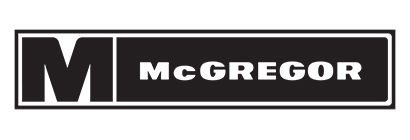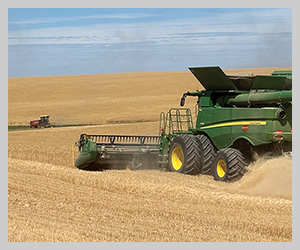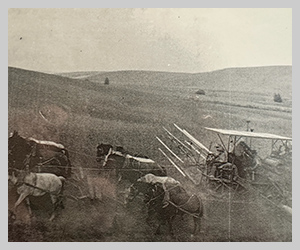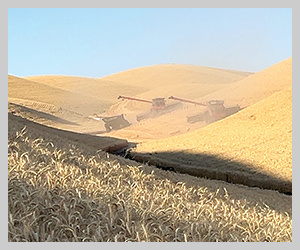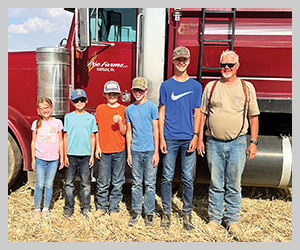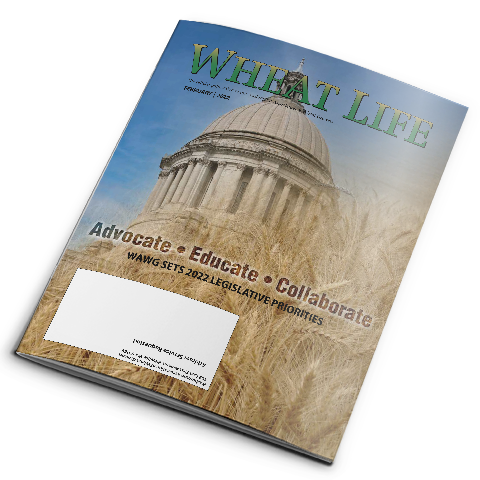Running the rivers Upper Mississippi River stakeholders find common ground, differences in PNW river system
2025August 2025
By Trista Crossley
Editor
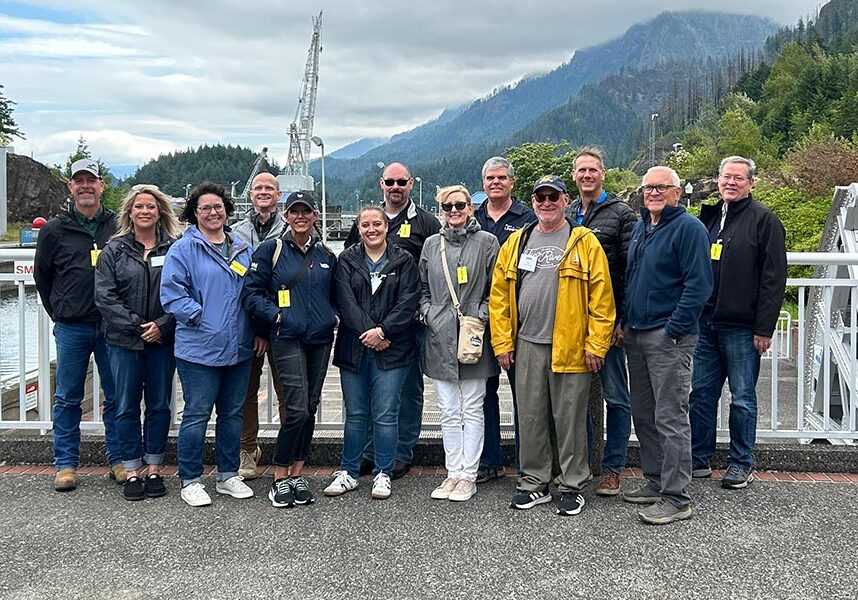
In late June, Columbia-Snake River System stakeholders hosted a tour of the Pacific Northwest’s premier waterway for members of the Upper Mississippi Waterway Association (UMWA). The tour began in Astoria, Ore., and concluded in Lewiston, Idaho, and comes a year after a similar trip down the Mississippi River by many of those same Pacific Northwest (PNW) stakeholders.
The week-long itinerary included stops at the ports of Longview, Kalama, Vancouver, and Lewiston; tugboat rides from Shaver Transportation and Foss Maritime Company; a dock tour at Tidewater Barge Lines; a presentation from the Columbia River Bar Pilots and the Columbia River Pilots; a tour of the Coast Guard station at Cape Disappointment; tours of Bonneville and Lower Granite dams; lunch on an American Cruise Lines vessel; and visits to Tri-Cities Grain and TEMCO.
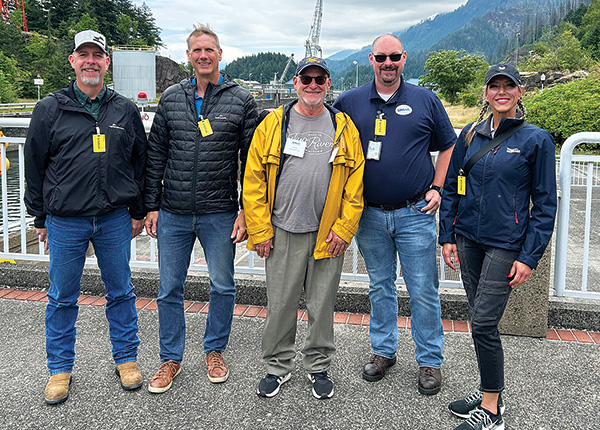
The trip gave participants an opportunity to contrast and compare the Mississippi to the Columbia and Snake rivers. While the river systems share many of the same issues, they are vastly different in size. The navigable portion of the Columbia-Snake River is approximately 465 miles; the navigable portion of the Mississippi stretches about 1,800 miles and drains the largest basin in the United States. UMWA represents waterway interests on the upper part of the Mississippi, from St. Paul, Minn., to St. Louis, a distance of about 858 miles.
The tours and exchange of information was initiated by a 2023 conversation between Michelle Hennings, executive director of the Washington Association of Wheat Growers (WAWG), and Gary Williams, UMWA executive director, about the need for coordinated messaging and support between U.S. river systems. Hennings said building partnerships with stakeholders of other river systems is an opportunity to leverage the support of a diverse group when advocating for U.S. waterways.
“These relationships allow us to bring a coordinated message to Congress and to federal agencies about the importance of the nation’s navigable waterways and makes a much larger impact than when each waterway tries to do it alone,” she said. “This trip was an opportunity to highlight how important the Columbia and Snake rivers are to the Pacific Northwest, discuss the issues stakeholders from both river systems are facing, and learn from each other.”
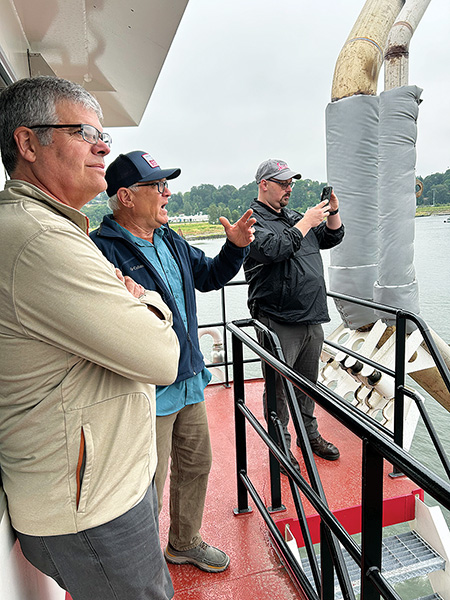
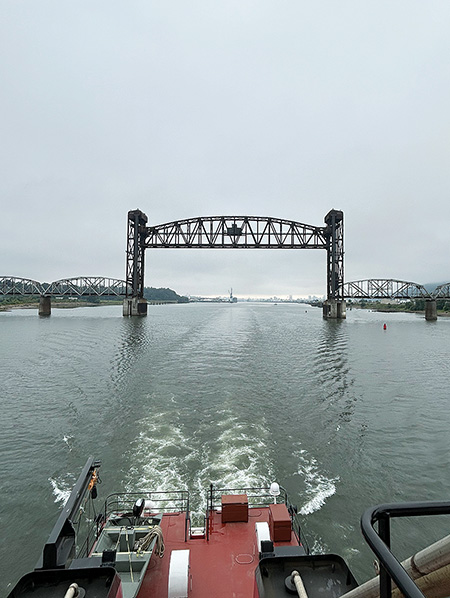
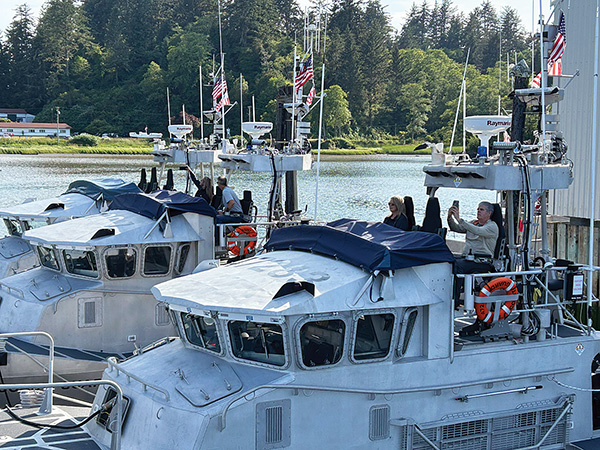
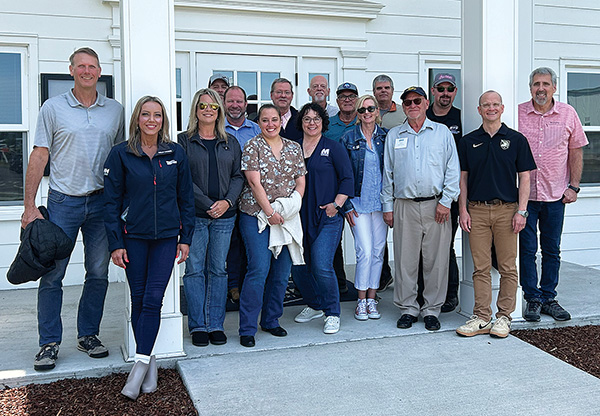
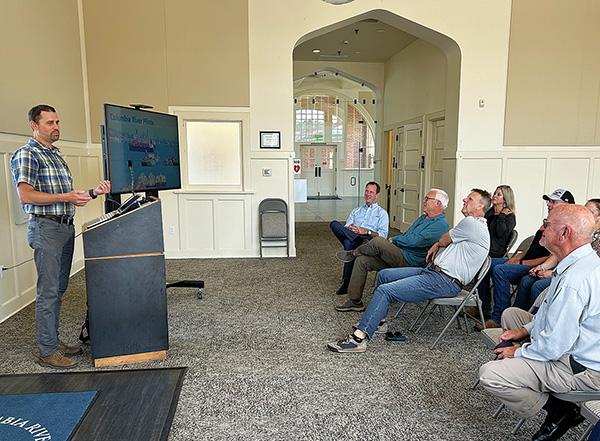
For Williams, seeing the exchanges happening between the UMWA group and the PNW group was one of his highlights, as was visiting the Coast Guard station at Cape Disappointment and learning about the surfman’s school.
“I think both sets of stakeholders can see the value in strengthening the relationship and partnership between these two rivers, reaching a wider audience, and being able to amplify one another’s voice on what the issues and the needs are,” he said. “This trip exceeded expectations. In talking to the (UMWA) members in the car between different stops, I think we’ve found a lot of content and a lot of direction that we can take from what we’re seeing out here and apply it to the Upper Mississippi Waterway Association.”
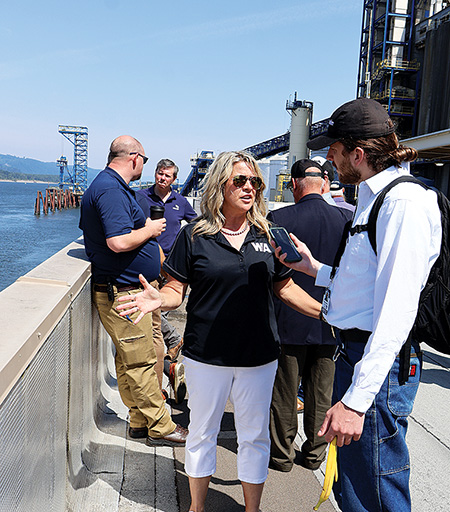

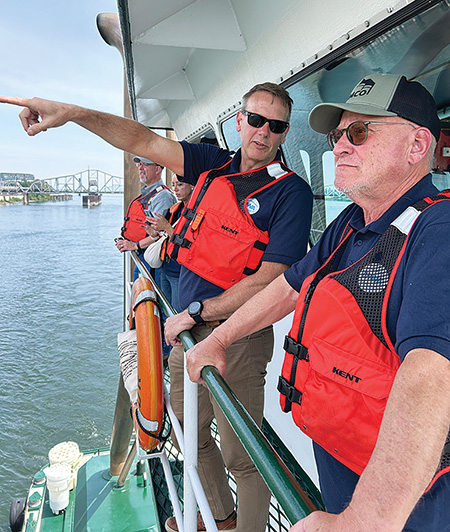
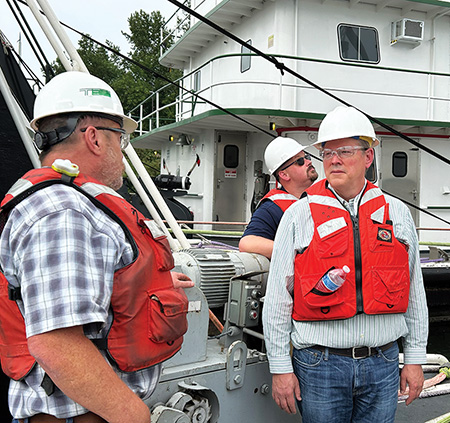
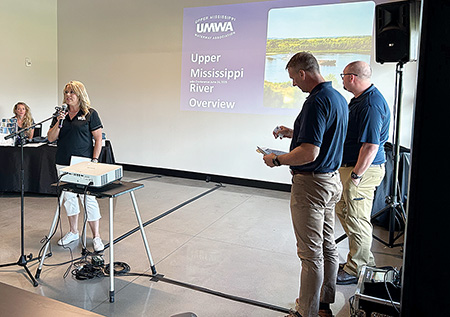
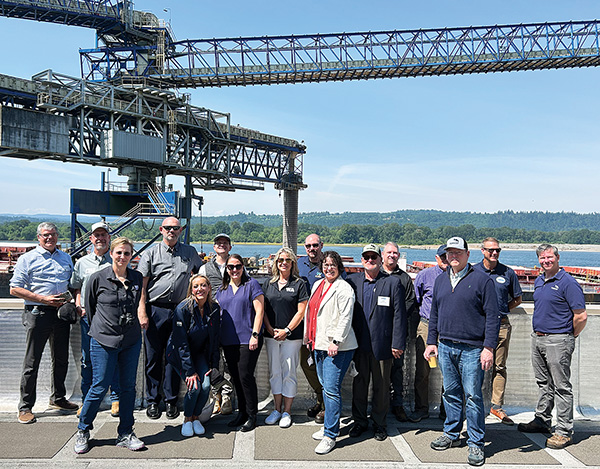
Thoughts from the UMWA participants
Greg Genz, UMWA past president and board member, has spent his entire life working on the Mississippi River. He said he was impressed with the collaboration between the ports, communities, businesses, and the public along the Columbia-Snake River System.
“I think one of the most important things we’ve done is meeting with the ports and seeing how they interact with this whole system,” he said. “I’ve noticed that there’s a lot closer relationship between the commercial river and the public.”
Jeff Steiber, government relations officer/small business liaison officer at J.F. Brennan Company, said one of the ideas he’ll take back to the Midwest is how the U.S. Corps of Engineers (Corps), which is the government entity that oversees infrastructure on the nation’s waterways, schedules and performs maintenance on the Columbia-Snake River System. Both he and Genz said they felt the Corps divisions that oversee the PNW river system are able to be more proactive. On the Columbia and Snake rivers, the Corps shuts down the system for two weeks every year to do annual maintenance, which includes inspection of the system’s locks.
“Back home, there’s 29 locks on the Mississippi. They don’t do that kind of regular maintenance,” Steiber explained, adding that on the Mississippi, the infrastructure tends to be older and there’s more debris and silt that moves down the river. The upper Mississippi also routinely freezes over in the winter; the freeze/thaw cycle tends to create more wear and tear on infrastructure.
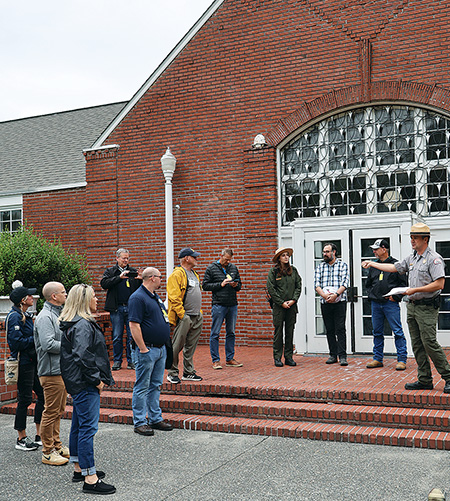
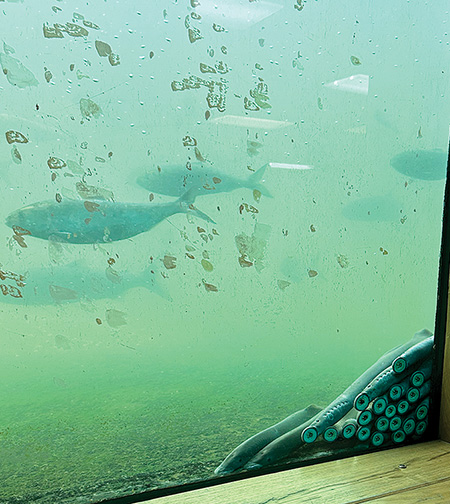
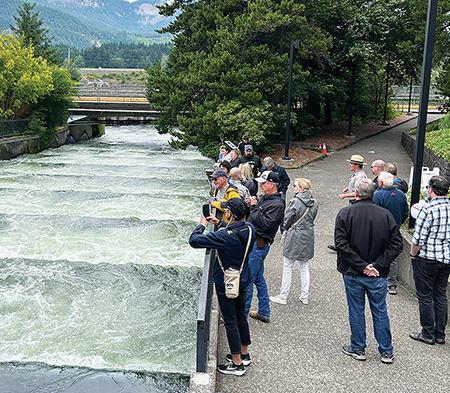
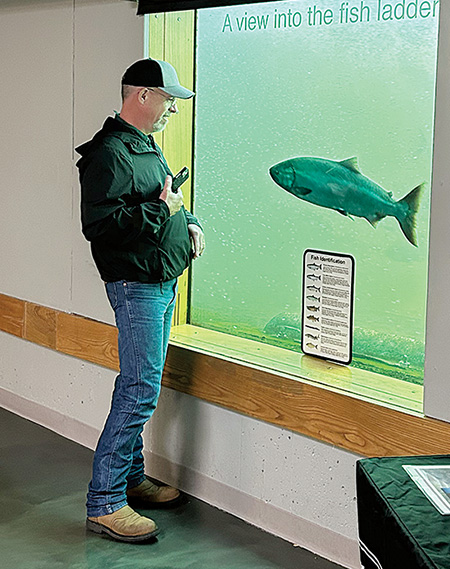
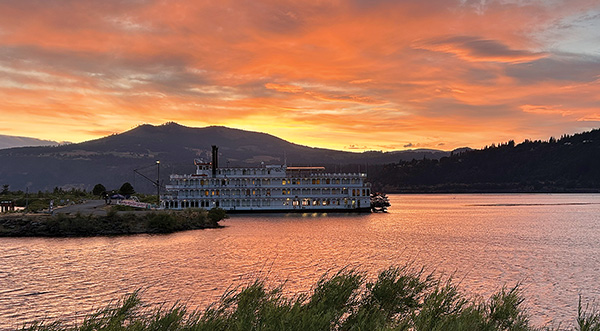
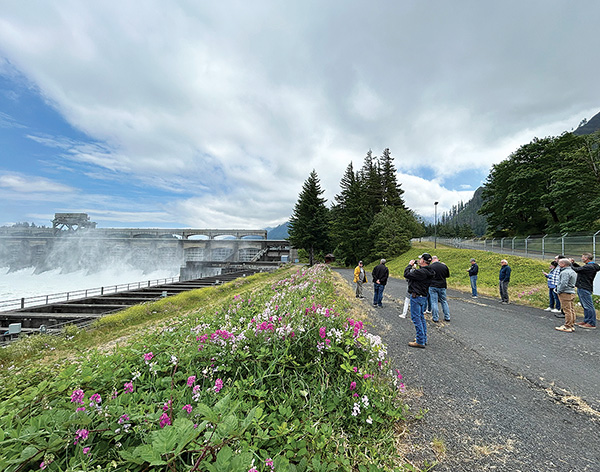
“We also have more commercial traffic with heavier tows. You land a 15-barge tow in a lock, and it’s a lot more weight than your four-barge tows,” Genz added. “Out here, you truly are a system, even though it’s two different Corps districts that oversee these two rivers. Back home, the Corps seems to move more towards where the tonnage is, on the Ohio River or the lower Mississippi. That’s where much of the funding goes.”
Cassandra Caldwell represented American Cruise Lines, which runs vessels on both river systems. She is the government affairs manager for the Mississippi River and tributaries for the cruise line. Caldwell said getting to experience the Columbia and Snake rivers from both on the water and landside was valuable in helping her understand the big picture.
“The overall tour was very well organized and full of valuable content and activities,” she said. “I thought it was an exceptional experience to have an opportunity to see and hear about the similarities and the differences of our liquid highways along with the various strengths and challenges.”
Brandon Phillips, compliance and personnel manager at Riverview Tug Service based in Bellevue, Iowa, said his biggest takeaway from the trip is the how effectively PNW stakeholders communicate.
“You guys are really great at getting buy-in and investment into the issues that are important, for example, the dams,” he said. “Your ability to work with governmental agencies is impressive. That is something that we struggle with in the upper Mississippi River region, and I hope to take a lot of these lessons back home and make that work for us.”
The tour included a boat ride through the lock at Lower Granite Dam, followed by a tour of the hydroelectric facilities and the fish research facilities. The UMWA group said they were impressed by the size of the locks and dams, the fish passage systems, and how clean and modern the river system is.
“I really enjoyed going to the locks and dams. They are very different from the upper Mississippi River because we don’t have very many hydroelectric plants,” Phillips said. “You guys are utilizing every means that you have to reduce your impact to the environment, increase efficiency and sustainability and reliability, and that’s awesome.”
One other attribute of the Columbia-Snake River System that stood out was how many modes of transportation it touched: barge, rail, truck, and pipeline.
“We don’t necessarily have that same thing in our area; the railroads really don’t work with the river,” Genz explained. “One of the problems we see in the St. Paul District is you have some major cities, and it’s so congested. The public doesn’t seem to get the message that they need to utilize the river more for the congestion we’re seeing in these big cities.”
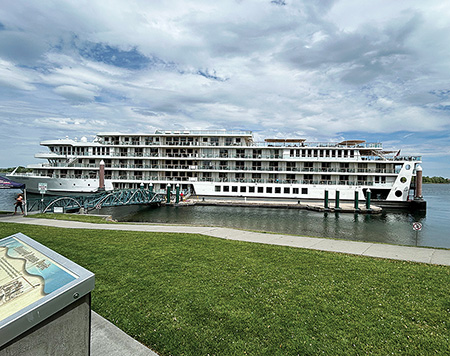
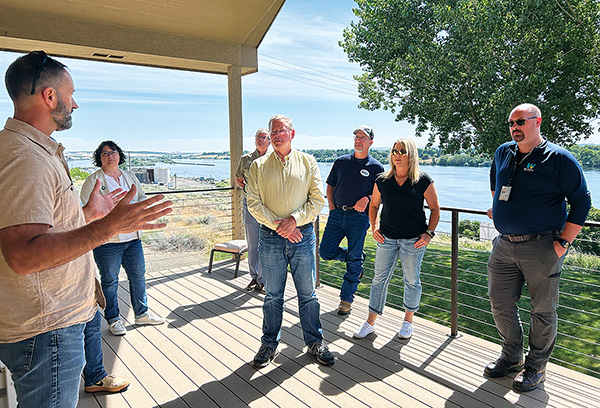
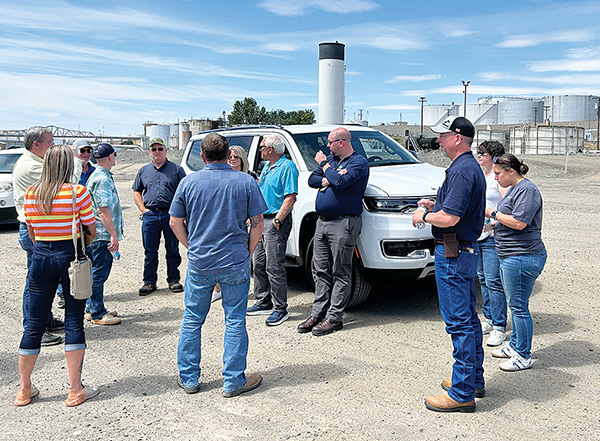
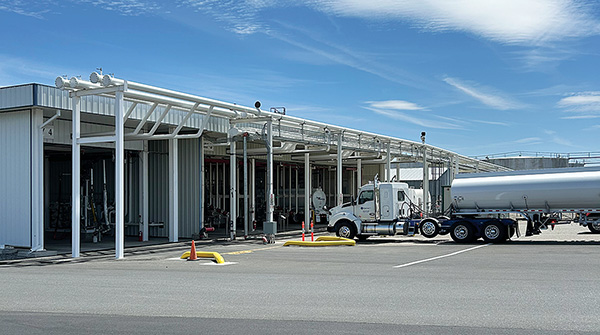
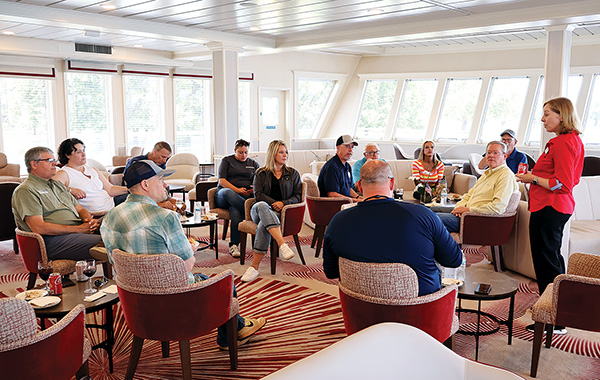
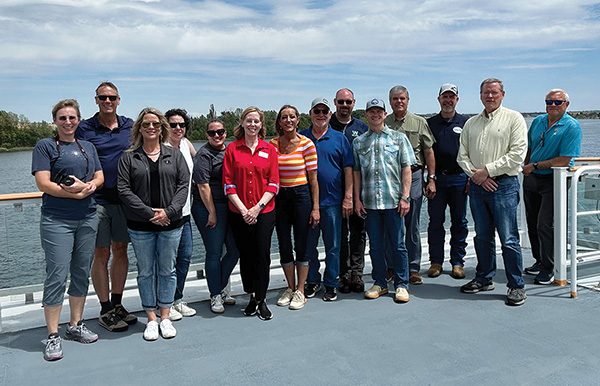
Reflections from the PNW contingent
Besides Hennings, the PNW group included stakeholders from the entire length of the Columbia-Snake River System, including trade associations, fertilizer suppliers, barge companies, and ports.
“Seeing the entire length of Marine Highway 84, from Astoria to Lewiston, really brought home to those of us who live here how important and interconnected it is to our lives and livelihoods,” said Hennings. “From barging grain downriver, fertilizer upriver, and fuel to points throughout the region, to the deep-water ports on the lower Columbia River that connect the Pacific Northwest to the entire world, to the dams that provide power to the region and allow cruise lines to visit Lewiston, Marine Highway 84 is the backbone of this region’s economy.”
“The Pacific Northwest Waterways Association (PNWA) was excited to be involved in hosting our friends from the Mississippi River. From the Columbia River Bar, 465 miles to the Port of Lewiston, Idaho, we showcased this incredible system that allows over $31.4 billion in commodities to move annually,” said Neil Maunu, PNWA executive director. “Sharing information, best practices, opportunities, and challenges was one of the biggest takeaways. We learned a lot from each other and are better equipped to advocate for shared interests going forward. Even though our systems differ, we came to recognize the huge benefit of sharing knowledge and networking. We now have even more advocates and partners to fight alongside us.”
“This tour really helped me understand the unique nature of how our river system operates. What we lack in size and capacity to that of the upper Mississippi River, we more than make up for in how cooperatively our stakeholders work to obtain system-wide success,” said Leslie Druffel, outreach director for The McGregor Company. “This was definitely a case of not knowing how good we have it until seeing it from an outsider’s perspective. I’m thankful for this opportunity to be on the tour and am very proud to help promote our M-84 inland waterway!”
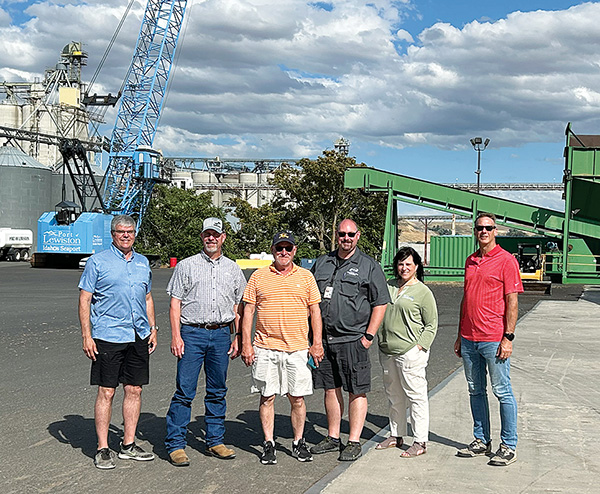
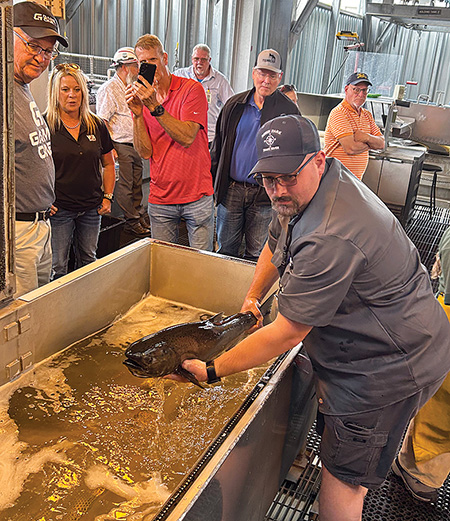
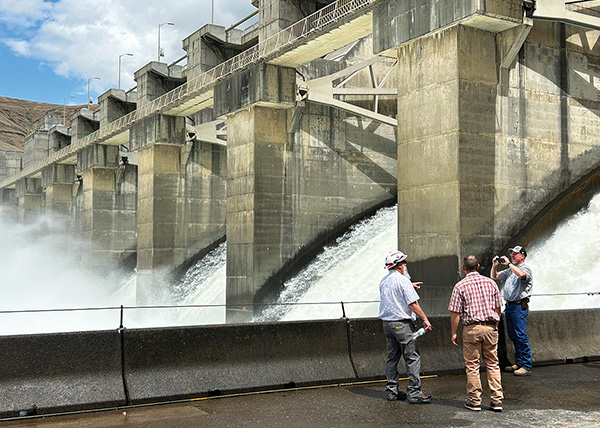
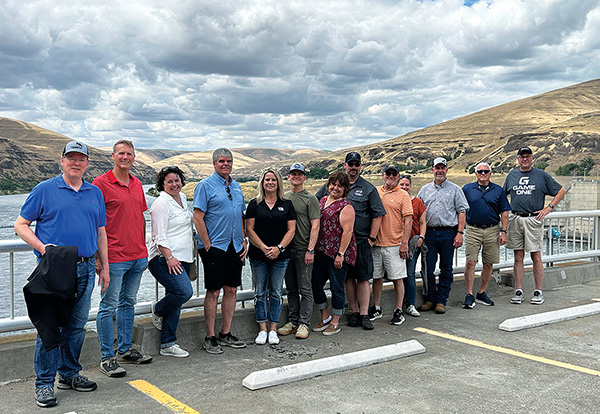
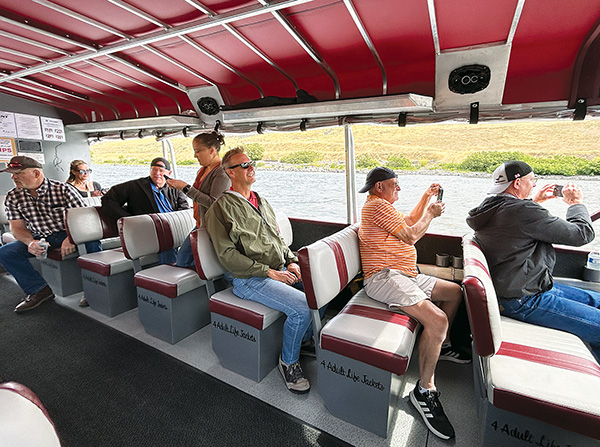
“Our time with the Mississippi stakeholders was impactful for all of us. We had great discussions about what makes our respective river systems unique. It is crystal clear that we need to support each other as advocates for these two incredible engines of river-borne commerce,” said Scott Corbitt, general manager of the Port of Lewiston.
“The UMWA trip afforded one an excellent overview of Columbia-Snake river operations from the standpoint of multiple stakeholders. This overview came from tug operators, grain elevators, Corps of Engineers dam and lock operations, and on to American Cruise Lines operations,” said Mark Freeman, American Cruise Lines’ government affairs manager for the Pacific Northwest. “Of particular note was the sharing of viewpoints, ideas, and comparisons between the Columbia-Snake River System and upper Mississippi River stakeholders along the tour. This was an education for all parties that afforded a better understanding of other regions as well as those in their own backyard.”
“As a newcomer to the staff of PNWA, I enjoyed every minute of this tour with the Upper Mississippi Waterway Association,” said Megan McKibben, PNWA government relations manager. “Traveling alongside our partners from the upper Mississippi River, I gained a deeper appreciation for the unique strengths of our inland waterway network and the critical role the lower Snake River dams play in supporting regional transportation, agriculture, and energy.”
“We had an incredible week of deep dive experiences with ports, dams, tugs, river terminals, growers, exporters, and both bar and river pilots. It really showcased how we all operate as an integrated system to the benefit of all,” said Rob Rich, former vice president at Shaver Transportation.


